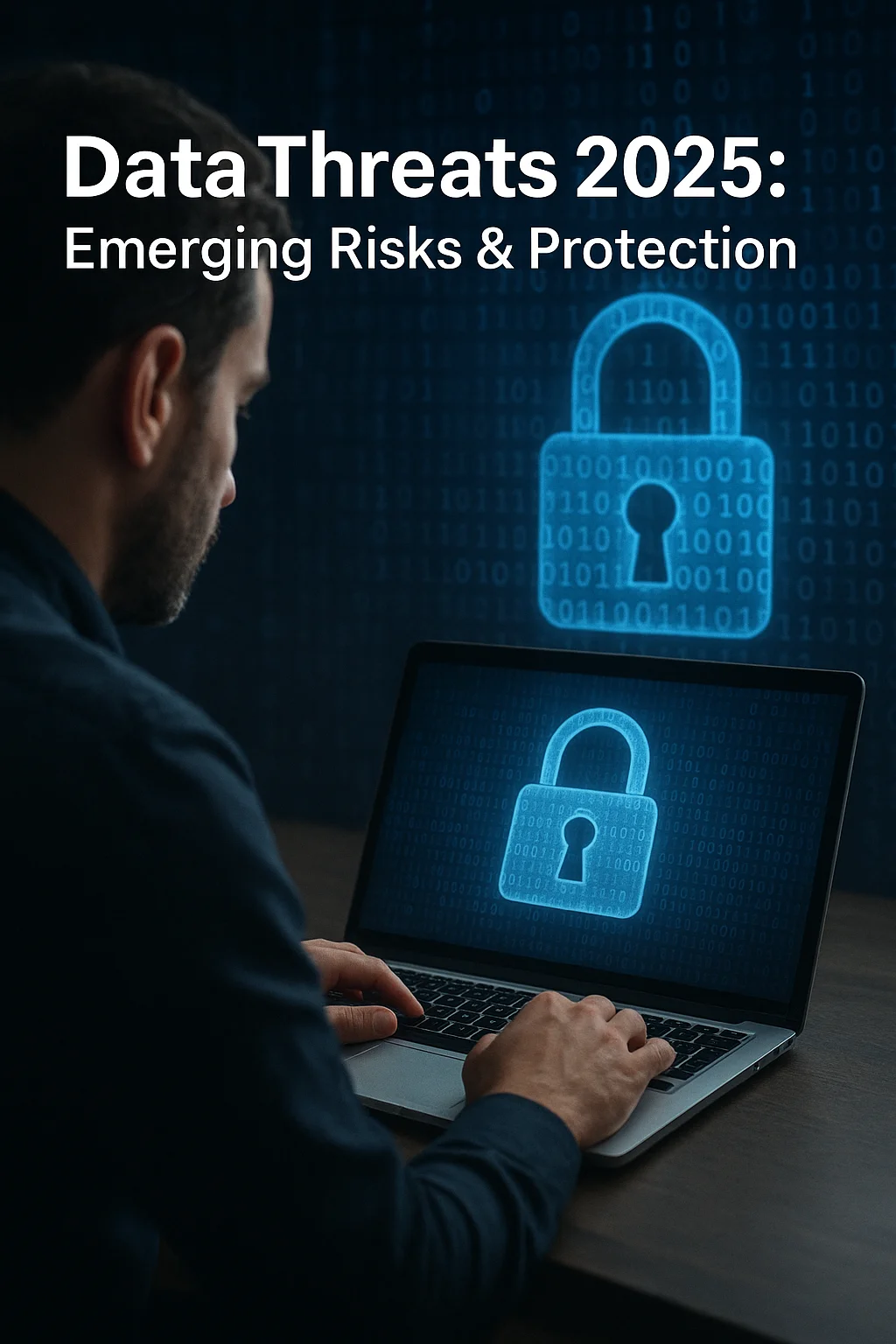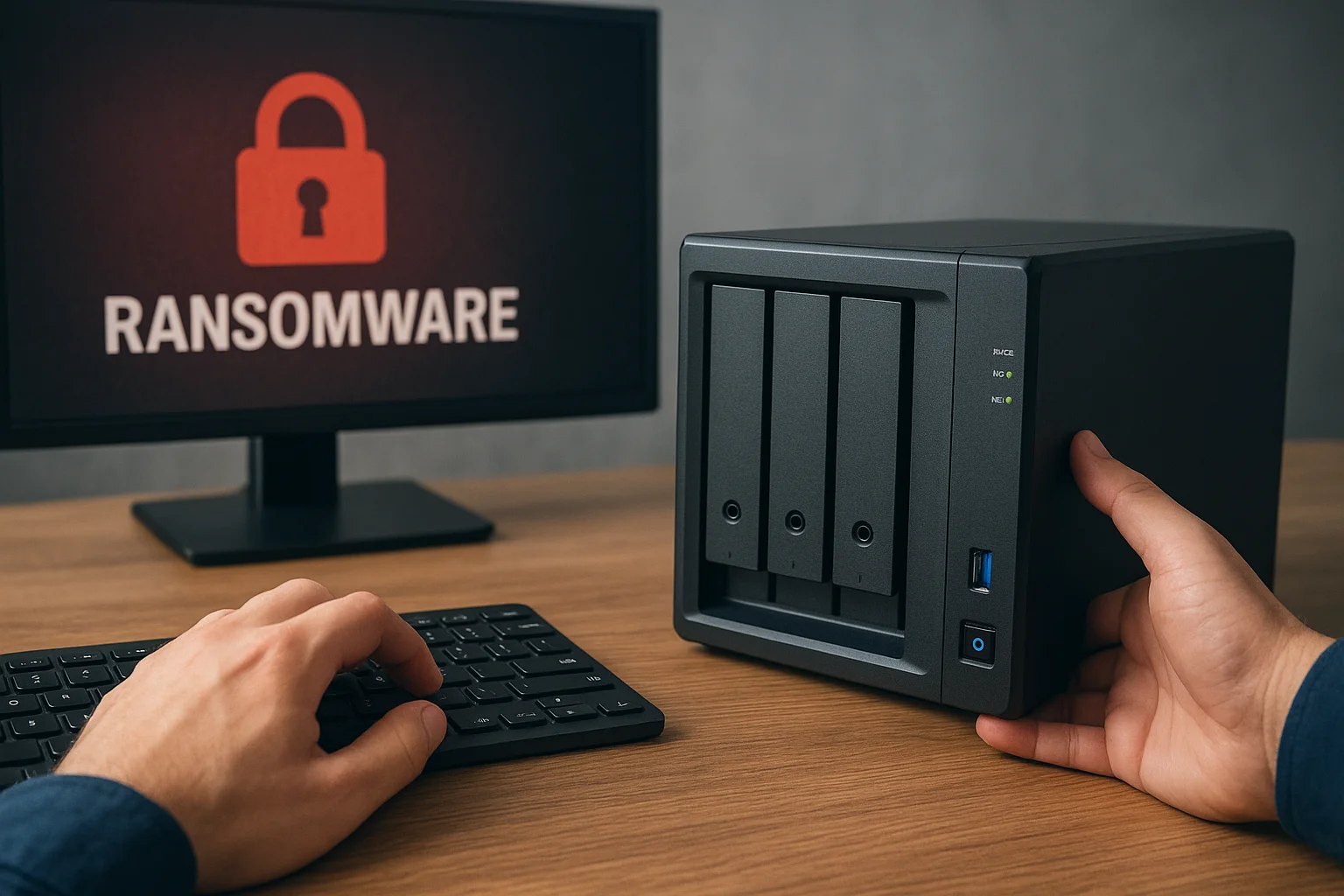The Evolving Landscape of Data Threats
Over the past decade, the digital world has expanded at an unprecedented pace, driven by the rise of cloud computing, artificial intelligence, connected devices, and remote work. With this rapid transformation comes a new generation of cyber risks that are no longer limited to traditional viruses or phishing emails. Today’s threats are more sophisticated, targeted, and adaptive, making them harder to predict and mitigate.
One of the defining aspects of 2025’s threat environment is the blurring of lines between personal and professional data. With employees accessing company systems from multiple devices, and individuals increasingly storing sensitive personal information online, cybercriminals exploit the weakest link across both spheres. This interconnectedness means that a single compromised account can open the door to large-scale breaches.
Another major shift is the role of automation in cyberattacks. Attackers now leverage AI-driven tools to scan for vulnerabilities, launch large-scale attacks with minimal effort, and adapt strategies in real time. Unlike earlier methods, these techniques reduce human error on the attacker’s side, creating a continuous arms race where defenders must also rely on intelligent systems to keep up.
Globalization has also introduced new challenges. Data is no longer confined within a single region or country; it flows across international borders through cloud providers, SaaS platforms, and remote work infrastructures. This creates exposure to jurisdictional conflicts, weak regulatory environments, and third-party vulnerabilities that can be exploited by attackers.
Finally, the sheer volume of data being produced—ranging from personal health records to financial transactions and smart home activity—has turned data into one of the world’s most valuable assets. With value comes risk: cybercriminals treat data as currency, and in 2025, the black market for stolen information is more dynamic and profitable than ever.
AI-Powered Cyberattacks: Smarter, Faster, and Harder to Detect
Artificial intelligence is no longer only a defensive tool for cybersecurity teams. In 2025, it has become one of the most effective weapons for attackers. Malicious actors now integrate machine learning algorithms into their campaigns, allowing them to analyze massive amounts of data, identify weak points, and launch attacks with unprecedented speed. These AI-driven operations can adapt in real time, making them significantly harder to block using traditional security methods.
One of the most concerning developments is the rise of automated phishing campaigns. Instead of generic, easily detectable emails, attackers employ AI models to generate highly convincing messages that mirror the tone, style, and vocabulary of trusted contacts. These personalized attacks, often referred to as spear phishing, dramatically increase the likelihood that victims will click on malicious links or share sensitive information.
AI is also being used to evade detection systems. Traditional cybersecurity tools rely on predefined rules or known threat signatures, but AI-powered malware can alter its behavior dynamically. For example, it can mimic legitimate software processes, change its code patterns, and even delay malicious activity until it bypasses initial scans. This adaptability means that even advanced security infrastructures may struggle to identify and isolate threats before damage is done.
Another emerging tactic is the use of deep reinforcement learning to carry out continuous attacks on networks and applications. Instead of following a static plan, AI systems can experiment with multiple strategies, learn from failed attempts, and improve with every interaction. This self-learning capacity transforms cyberattacks into ongoing, evolving campaigns rather than isolated incidents.
Beyond corporate environments, AI-driven tools are being deployed to exploit vulnerabilities in critical infrastructure, such as energy grids, transportation systems, and healthcare networks. By combining predictive analysis with automated execution, attackers can disrupt essential services, cause economic damage, or manipulate data at scale with minimal human oversight.
What makes these attacks particularly dangerous is the fact that AI lowers the barrier to entry for cybercrime. Sophisticated campaigns that once required advanced expertise can now be executed by less experienced individuals who rely on AI-as-a-service platforms available on underground markets. This democratization of cyberattack capabilities increases the overall volume of threats and puts more organizations and individuals at risk.
The Exploitation of IoT and Smart Devices
The Internet of Things (IoT) has transformed the way people live and work, with billions of connected devices now embedded in homes, offices, factories, and cities. From smart thermostats and wearable health trackers to industrial sensors and autonomous vehicles, these devices generate and exchange vast amounts of data. However, their rapid adoption has created a massive attack surface, and cybercriminals increasingly target them as weak entry points into larger systems.
One of the primary vulnerabilities of IoT devices is their lack of robust security features. Many are designed for convenience and affordability rather than protection. Default passwords, outdated firmware, and minimal encryption are common, leaving them open to exploitation. Once compromised, a single smart device can provide attackers with a foothold to infiltrate entire networks or to exfiltrate sensitive information.
A well-known example of IoT exploitation is the creation of botnets—networks of infected devices that can be remotely controlled. These botnets are often used to launch large-scale Distributed Denial-of-Service (DDoS) attacks, overwhelming websites, applications, or infrastructure with traffic until they collapse. Because IoT devices are so numerous and often poorly monitored, they provide attackers with an almost unlimited pool of resources to amplify their attacks.
Another growing concern is the exposure of personal data through everyday smart devices. Items such as voice assistants, smart TVs, and connected cameras constantly collect and transmit information about user behavior, conversations, or even physical movements. If hijacked, these devices can be turned into surveillance tools, allowing attackers to spy on households or businesses without detection.
In industrial and healthcare contexts, the stakes are even higher. Smart sensors in manufacturing plants, hospital equipment, or transportation systems can be manipulated to disrupt operations or even endanger lives. For instance, altering the data sent by a medical monitoring device could mislead doctors, while tampering with industrial IoT controls might halt production lines or cause accidents.
The complexity of IoT ecosystems further complicates security. With thousands of devices connected to different vendors, platforms, and networks, ensuring consistent protection is extremely difficult. Attackers exploit this fragmentation, knowing that if just one device is left unpatched or misconfigured, it can serve as a gateway to compromise the entire system.
Ultimately, the exploitation of IoT and smart devices highlights the risks of prioritizing innovation over safety. While these technologies bring undeniable convenience and efficiency, their widespread use without adequate protection makes them a prime target for cybercriminals seeking both data and control.
Ransomware 2.0: Targeting Critical Infrastructure
Ransomware has evolved far beyond its early days of simply encrypting files on personal computers. In 2025, a new generation often referred to as Ransomware 2.0 has emerged, designed specifically to disrupt and exploit critical infrastructure. Instead of only targeting businesses or individuals, attackers now focus on essential services such as energy grids, transportation networks, water treatment plants, and healthcare systems, where downtime can have catastrophic consequences.
What makes Ransomware 2.0 particularly dangerous is its dual extortion strategy. Attackers not only encrypt vital systems but also exfiltrate sensitive data. Victims are then pressured with the threat of public leaks in addition to being locked out of their infrastructure. This double pressure increases the likelihood that organizations will pay ransoms quickly, especially when public safety or national security is at risk.
These attacks are no longer random or opportunistic; they are highly targeted and coordinated. Cybercriminal groups often spend weeks or even months inside a network before triggering the ransomware, mapping out the environment and identifying the most critical systems to disable. This level of preparation ensures maximum disruption when the attack is launched, leaving victims with fewer options to recover without paying.
The consequences extend far beyond financial loss. Disrupting a power grid, for example, can shut down entire cities, halt commerce, and affect millions of people. In healthcare, ransomware can paralyze hospital systems, delay surgeries, and endanger patients' lives. These real-world impacts make ransomware one of the most urgent cybersecurity threats today.
Another shift is the rise of Ransomware-as-a-Service (RaaS) platforms, which allow less skilled actors to launch sophisticated attacks by renting tools from more advanced groups. This model has expanded the number of potential attackers while making critical infrastructure an even more attractive target. Nation-state actors have also been linked to such campaigns, blurring the line between cybercrime and cyberwarfare.
The resilience of traditional backup strategies has also been undermined. Modern ransomware variants are capable of seeking out and corrupting backups, preventing organizations from restoring systems easily. Combined with the increasing use of AI by attackers to automate and optimize their campaigns, these attacks are faster, more precise, and harder to contain.
The rise of Ransomware 2.0 signals a shift from viewing ransomware as a nuisance to recognizing it as a tool of strategic disruption. It has become not just a criminal enterprise, but a powerful method to destabilize economies, governments, and essential services worldwide.



